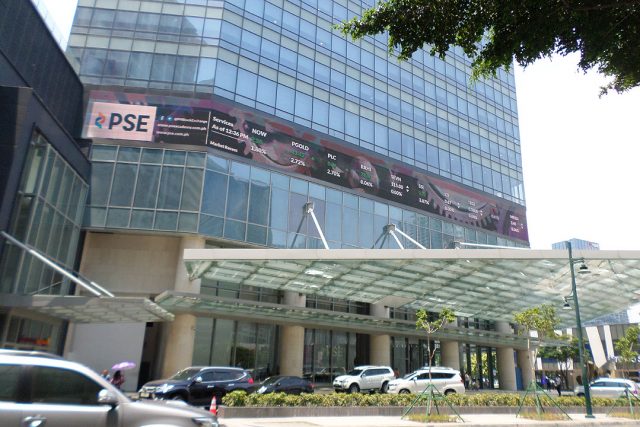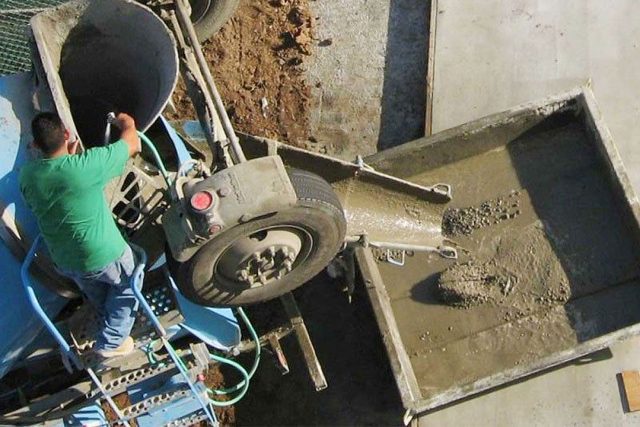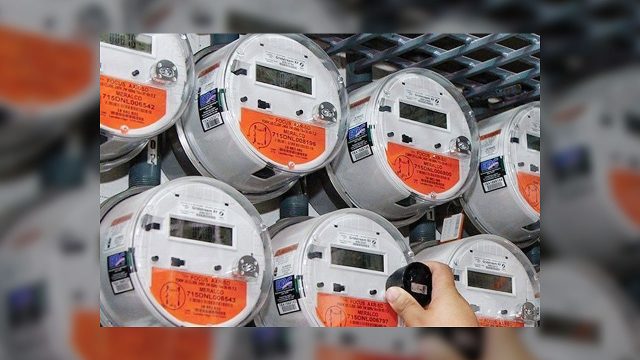PhilHealth-WV cites performance after Iloilo mayor’s lawsuit threat
THE PHILIPPINE Health Insurance Corp. (PhilHealth)-Western Visayas (WV) on Thursday cited its performance as one of the best among regional offices after the mayor of Iloilo said he is mulling filing charges against the state insurer over unpaid claims to hospitals.
PhilHealth Regional Vice President Valeri Anne H. Hollero, in a statement, said their office “has processed the most number of claims among regions. For 2021 alone, the Region has processed 591,148 claims.”
She also said their office’s “average turnaround time for payment of good claims is 27 days from time it is filed by the health care institutions, making it the second fastest among all Regions.”
Mayor Jerry P. Treñas, in a statement on Wednesday, said he has directed the local government’s legal office to look into the possibility of filing charges against the entire PhilHealth regional office over unpaid claims of medical facilities, which has affected the city’s coronavirus response.
Ms. Hollero defended that “as evidenced by the numbers, PhilHealth Region VI has not been remiss in its duty to facilitate the payment of good claims within the time provided by law.”
PhilHealth-Western Visayas, she said, consider “health care institutions/providers as partners and strives to pay the claims as soon as possible, balancing this with their duty to protect public funds.” — MSJ












